- Your cart is empty
- Continue Shopping
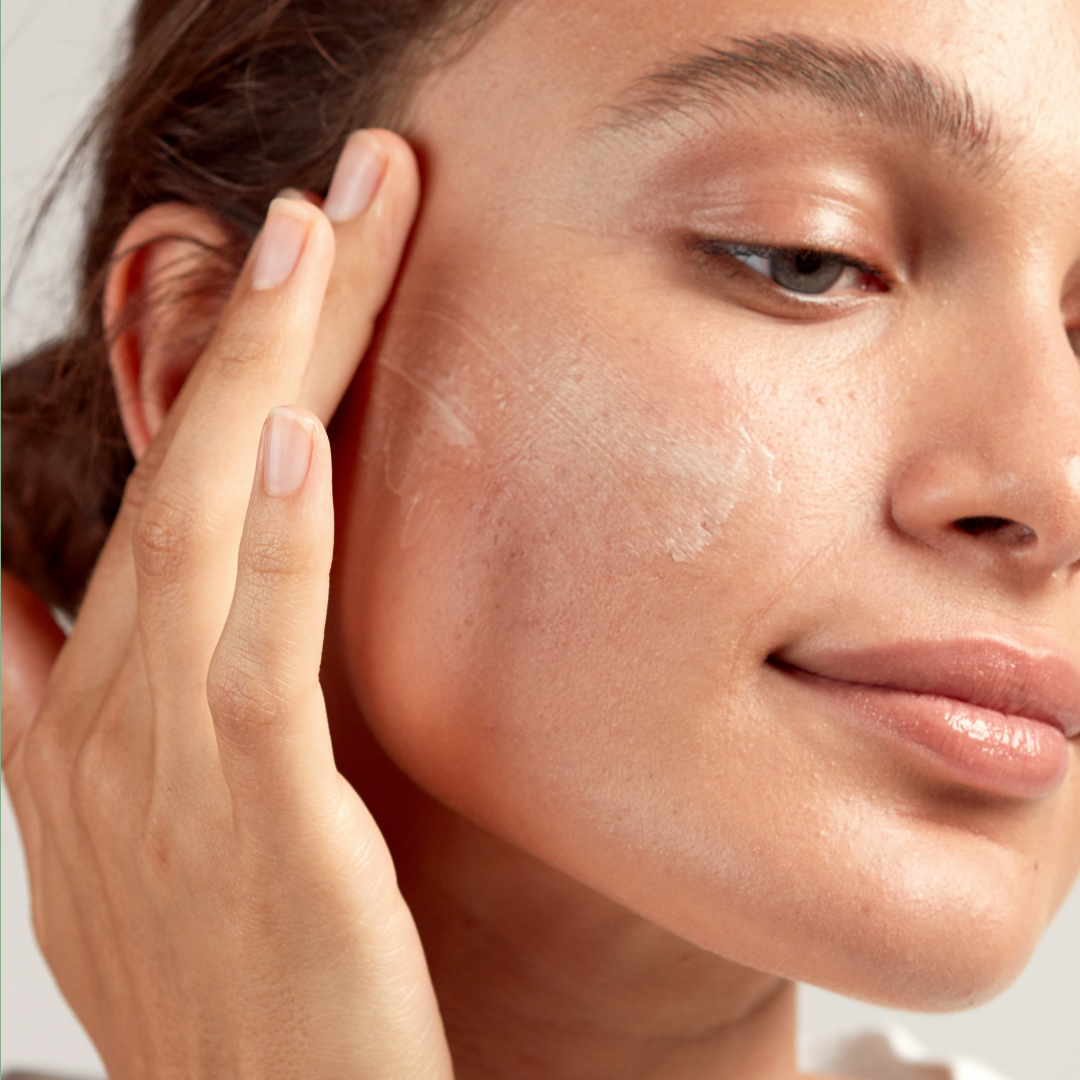
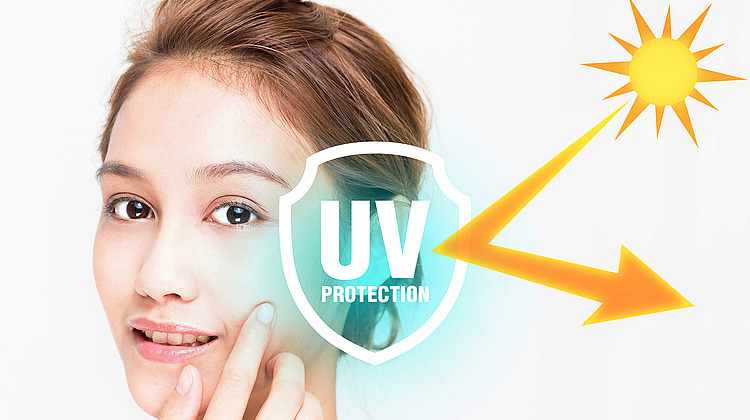
Sun sticks are increasingly becoming popular with lots of people opting for them instead of regular SPF 50+ sunscreens. So what is sun stick and can it replace sunscreen? Today we’ll review the ingredients, the filters, the breakdown of what the sun stick is, and some of the limitations of this sun stick.
Since we’re talking about chemical sunscreens and sun sticks, We’re going to be using our 6F testing system to determine the following on sun sticks:
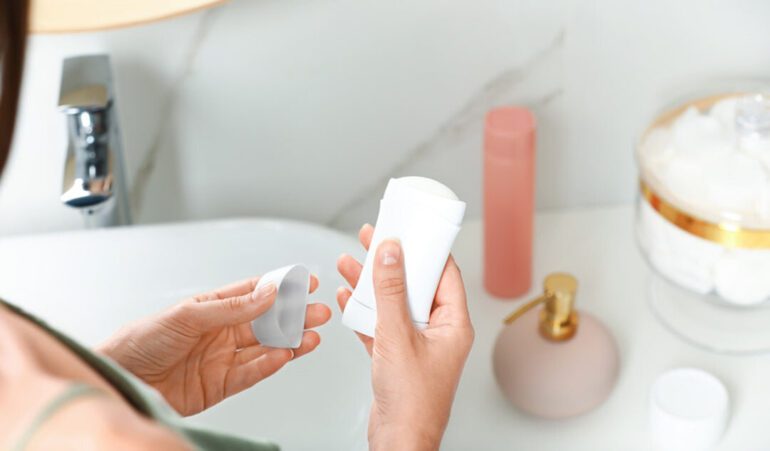
A sun stick has to have that rated structure like lipstick and behind this are emollients that let this have a really nice slip on the skin, along with a nice powdery finish on the skin. The powders help to add the mattifying effect, so when it slides on the skin, it’s very smooth, and the after-film, once it sets down, is very powdery.
A matte sun stick, as the name suggests, provides a natural satin finish on the skin. While it gives a subtle glow, it maintains a soft, satin-matte look. As you reapply throughout the day, a slight glow will build up, so for reapplication we suggest blotting any excess shine beforehand if you tend to have oily skin.
This is a fully chemical sunscreen, developed by ISNTREE and It includes filters like Uvinul A Plus, Tinosorb S, Uvinul T150, and Polysilicon 15. There are no mineral filters like zinc or titanium and no Tinosorb M to ensure this would be as brown and black skin-friendly as possible. These newer filters contribute to the SPF 50+ PA++++ rating.
The formulation avoids fragrance, essential oils, and alcohol, making it accessible for sensitive and acne-prone skin. Although the sun stick does have niacinamide, some people may be sensitive to it. This sun stick is intended for simple sun protection in a streamlined routine.
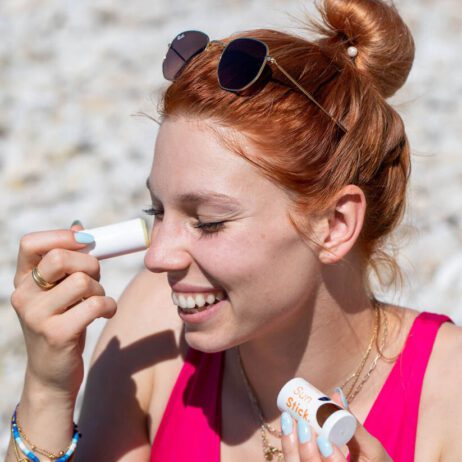
This sun stick doubles as a primer due to the powdery, soft finish, which smooths out texture and minimizes pores, providing an ideal base for foundation. Functional fillers and emollients in this product help prevent oiliness and prolong makeup wear.
This product is fragrance-free, essential oil-free, and there is no detectable botanical scent. It’s suitable for sensitive skin, and, as reported, doesn’t cause irritation around the eye area due to the stick texture, which stays in place without migrating.
First off, sunscreen sticks are really convenient:
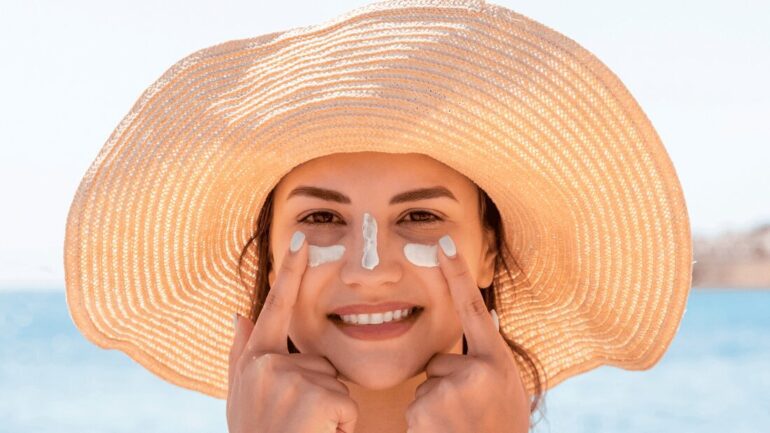
But sticks also have a lot of downsides:
To sum up, sun sticks are great if you need a small top-up, especially over makeup, want to avoid getting sunscreen on your hands, avoid eye sting, or when other options don’t work, like with wriggly or fussy kids. However, we wouldn’t recommend using just the stick if you need a lot of sun protection – a lotion would be better for that.
Daily 9:00AM – 9:00PM
Copyright © 2024 DASHE. All Rights Reserved.